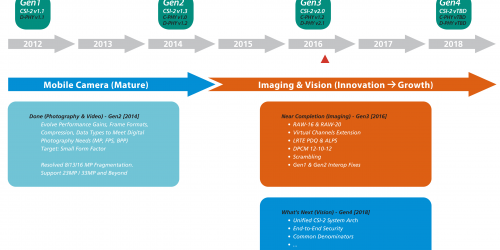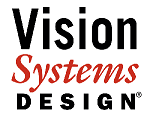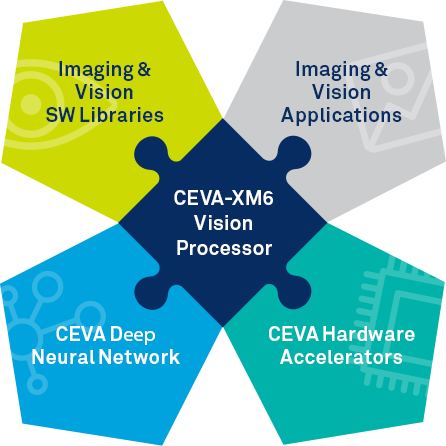Facial Analysis Delivers Diverse Vision Processing Capabilities
Computers can learn a lot about a person from their face – even if they don’t uniquely identify that person. Assessments of age range, gender, ethnicity, gaze direction, attention span, emotional state and other attributes are all now possible at real-time speeds, via advanced algorithms running on cost-effective hardware. This article provides an overview of […]
Facial Analysis Delivers Diverse Vision Processing Capabilities Read More +





